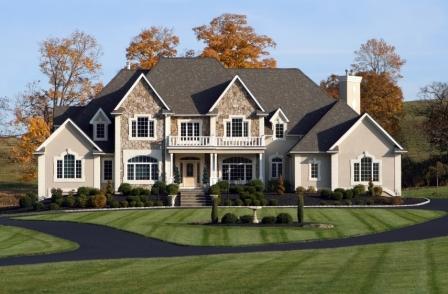If you’re planning on painting your home or commercial property and have done the research, you are probably aware that proper surface preparation and quality paint products are important for long term performance and attractive appearance.
However there are other issues to be considered before starting your next project.
Here are a few tips.
- Cause of Peeling and Chipping – Is mold forming on shaded areas? Is paint blistering or cracking? Frequently moisture is the culprit or surface preparation was not completed properly before last painting. The causes should be checked. Clean, scrape and repair before starting your next propject.
- Mixing Paints – When you have a big project, it’s advisable to mix paints to avoid seeing shades that can result from different batches of the same paint.
- Power Washing – We frequently start vertical walls from the bottom and work upwards. Then we rinse from the top down. This helps prevent streaks. Then when we paint we start at the top and work down and brush out any drips.
- Moisture and Timing – A job well done frequently results in referrals. The biggest compliment we get are referrals, so we spend a lot of time improving our quality. That includes painting different surfaces at opportune times. Areas that get a lot of sun during the day we try to complete in the morning. Then as the day warms up we move to shaded areas to avoid paint drying on contact. If it is too humid or rain is on the forecast, we’ll work on interior projects. Elements and how they affect dry time is critical.
- Safety Considerations – Workplace accidents usually occur due to inadequate tools and in the case of painting, using the appropriate ladders and scaffolding. Height, slope, wind and even footing should be taken into before starting any job. The risk is not worth cutting corners.
- The Right Paint for The Right Surface – We begin every job with new paint or coatings. Mixing old paint with new usually results in premature failure. We use primers that are compatible with top coats. The life of paint is subject to the surface it is applied to. Start with proper surface prep, appropriate primers followed by complimentary top coats and you’ll get quality results. Cutting corners to save a few dollars always costs more.
- Apply Light Coats – Light coats avoid drips. A single thick coat may save time and money in the short term but will crack and peel prematurely.


